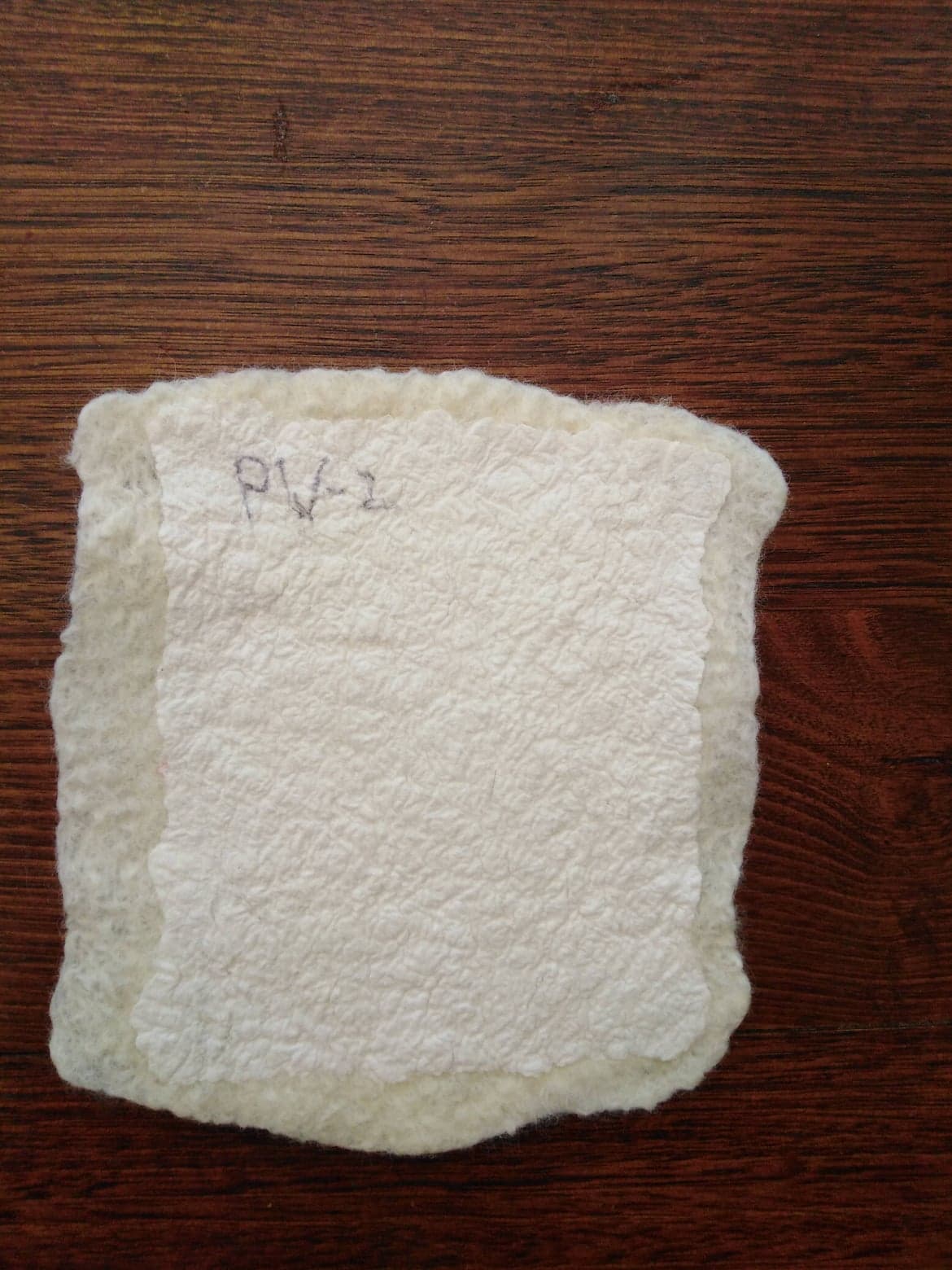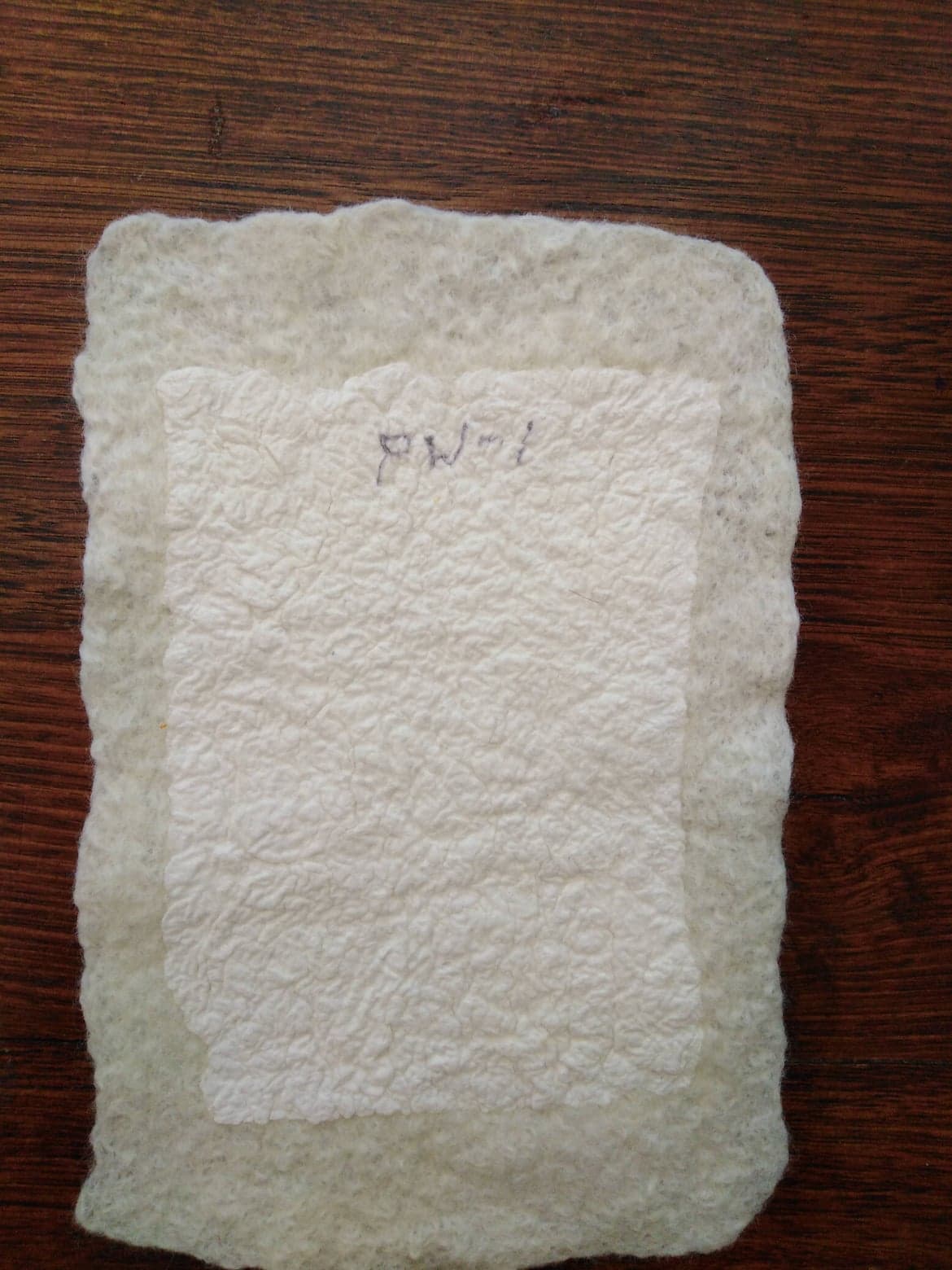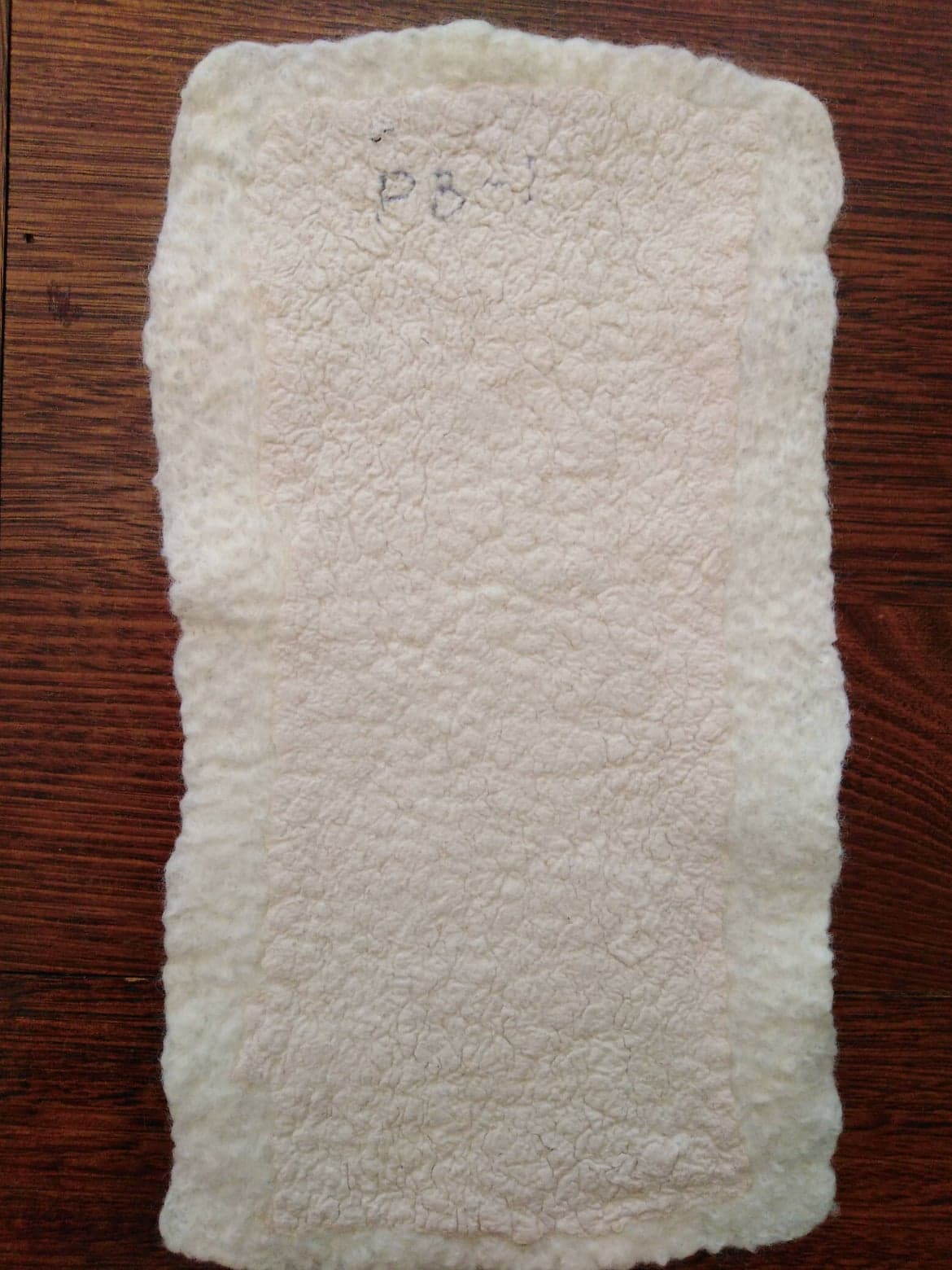I got together with artist Lee Goller to play with her papers and inks. Lee and I have been engaged in a conversation for several months, with the view and hope that it will lead towards a collaboration for exhibition. But if it doesn't, it matters not, as we like hanging out with each other.
It can be scary to make your first mark on paper. Let alone papers that have taken a while to felt by hand. Lee was the perfect guide.
We started off using some ink on water-colour paper just to get started – and then into the flow – using black ink, some pens with nibs and brushes. At first it reminded me of school and learning to use a fountain pen. I was rather a messy filler and user of ink pots– requiring lots of blotting papers. But I liked the way, and still do, that the nib would scratch the page.
Inevitably, my pages of writing at school would include splotches and blots.
Here, as well, I would fill my nib, and then bring it to the paper and lo – behold – a splotch of ink. Oops. Thankfully those days of school, scolds and guilt are long gone – and those accidents can be made into ‘something’ artistic – as much as doodles are artistic.
Before long I had taken out the felted papers, sharing them with Lee. I noticed that Lee had a book of drawing by Paul Klee open on the table.
We chatted while doodling with the inks.
We felt hungry and Lee served up bowls of soup. I was mindful not to dip my nib into the soup…
It occurred to me (because our conversation in the past had included the theme of ‘the mad-woman in the attic’) that these papers could very well show the marks that the madwoman would make, when offered papers and inks. The thought was strangely satisfying.
Lee reminded me of Klee’s idea of drawing as ‘taking a line for a walk’. Sure! I said, and I like John Berger’s variation on that theme – that writing is ‘taking a line of words for a walk’, which had inspired me many moons ago while I was writing a Master’s thesis. Here we were with our lines on a walk and happy for the companionship, with each other and the art materials. It occurs to me much later that the mad woman (for instance Bertha in Jane Eyre) would hardly muse about Klee or Berger, while drawing.
Lee remarked that while these meandering lines were fun, she hoped to reach the stage in drawing of making ‘mindful’ lines and marks. Yes, all well and good for Lee who has a degree in drawing, but not just yet for me, (who never fulfilled a childhood dream to learn to draw the figure properly). Let me be content with my splotches and the unconscious gestures.
It can be scary to make your first mark on paper. Let alone papers that have taken a while to felt by hand. Lee was the perfect guide.
 |
| Joni's ink doodles on paper |
 |
| The textured papers require more ink |
 |
| Getting out the felted papers |
 |
| Lee's drawings inspired by Klee |
 |
| Lee's left-handed flourishes |
 |
| 'This is fun!' |
Lee remarked that while these meandering lines were fun, she hoped to reach the stage in drawing of making ‘mindful’ lines and marks. Yes, all well and good for Lee who has a degree in drawing, but not just yet for me, (who never fulfilled a childhood dream to learn to draw the figure properly). Let me be content with my splotches and the unconscious gestures.
 |
| Joni's splotches |







